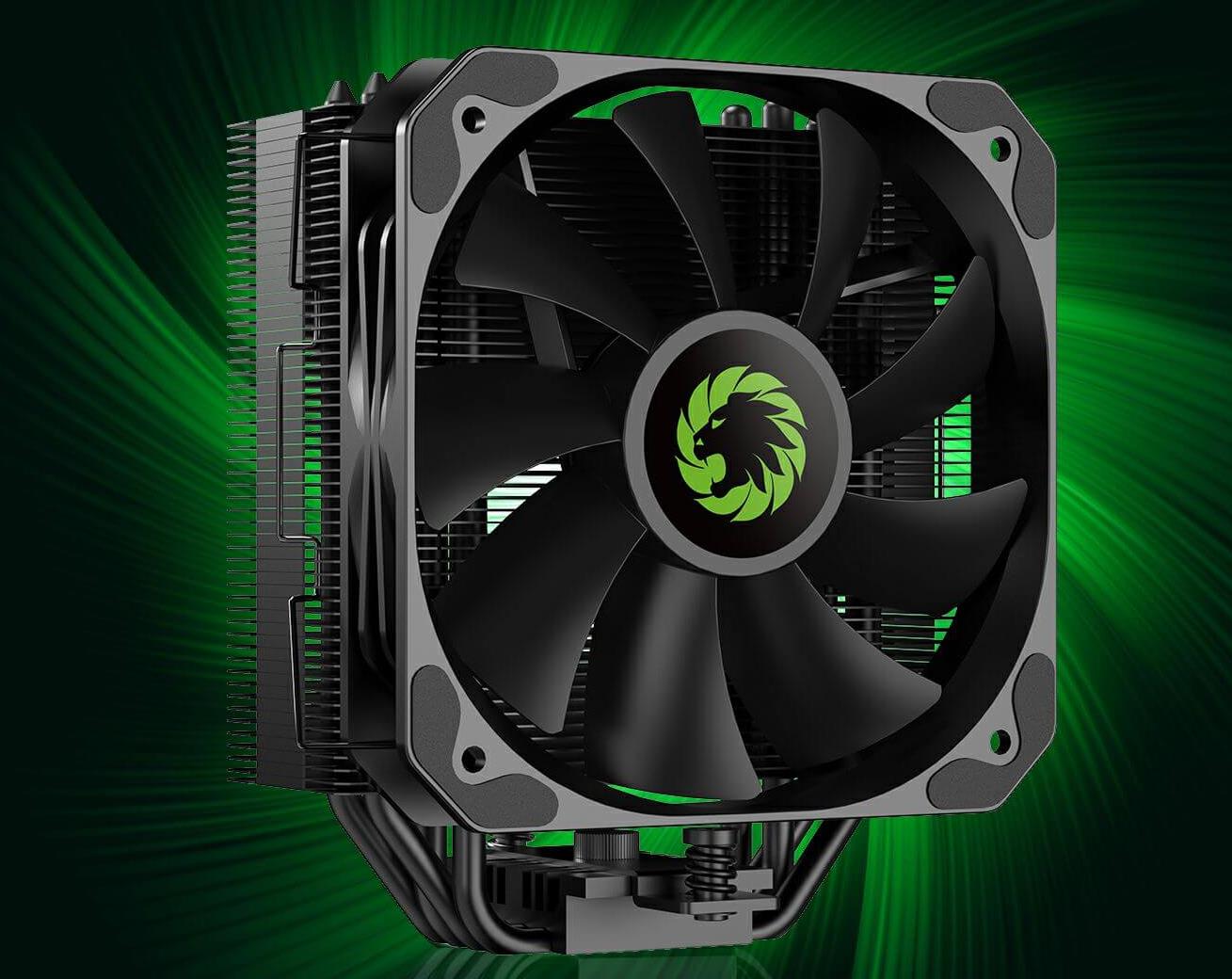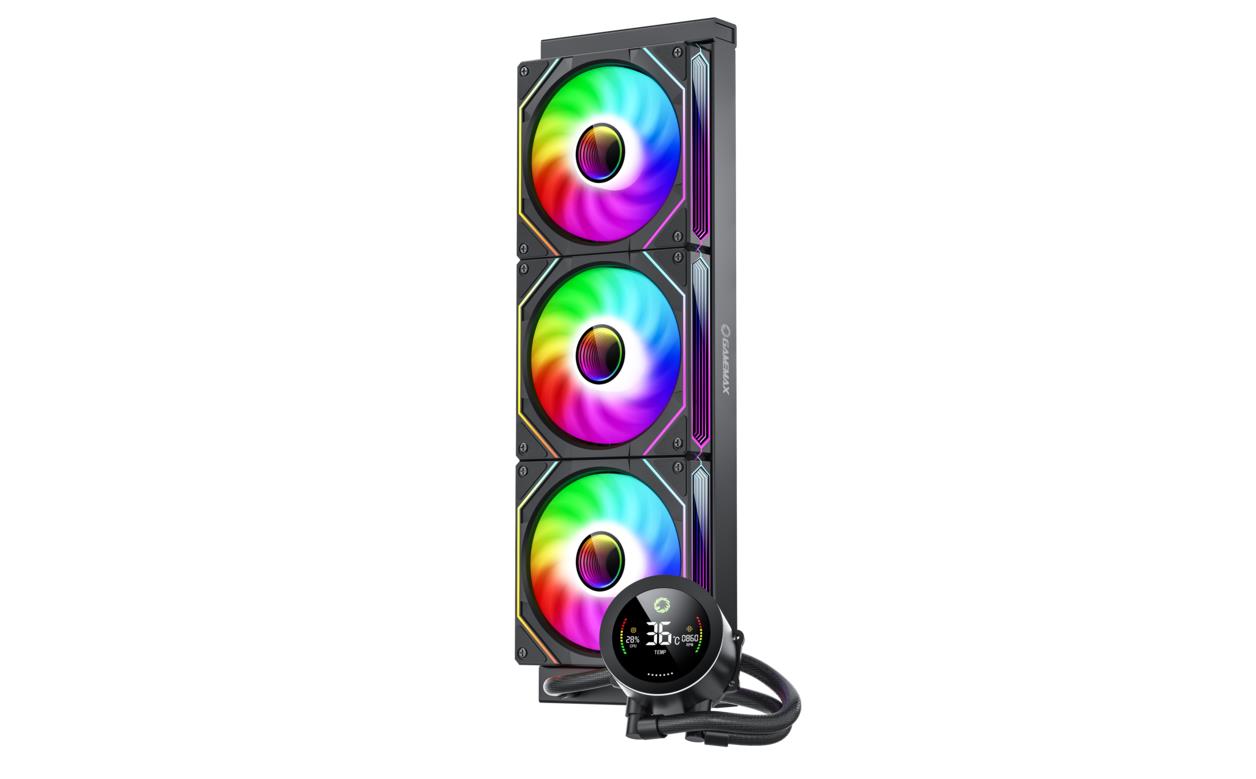When building or upgrading a PC, one of the most critical aspects of ensuring optimal performance and longevity is cooling. Without proper cooling, components like the CPU, GPU, and motherboard can overheat, leading to thermal throttling, reduced performance, and potential hardware failure. The choice of a cooler—whether air cooling or liquid cooling—plays a significant role in how effectively your system manages heat.
However, it's not just about picking a cooler; it's about ensuring it is compatible with your PC case and system components. In this article, we’ll discuss the different types of coolers available, the factors to consider when selecting the right cooler, and how to match your cooler with the appropriate case to achieve the best thermal performance.
There are two primary types of cooling systems for PCs: air cooling and liquid cooling. Both have their advantages and disadvantages, and each type is suited for different use cases and system configurations.
Air cooling is the most common and widely used method of cooling for PCs. It utilizes heatsinks and fans to dissipate the heat generated by components like the CPU and GPU.
Components: An air cooler consists of a large heatsink made of materials with high thermal conductivity (usually aluminum or copper) and one or more fans to move the heated air away from the heatsink.
Advantages:
Ease of installation: Air coolers are generally easy to install and require less maintenance.
Lower cost: They are more affordable compared to liquid coolers.
Reliability: Air coolers have fewer parts that could fail, such as pumps or tubes in liquid coolers.
Less risk of leaks: Unlike liquid coolers, air coolers do not pose the risk of leaks, which could potentially damage your components.
Disadvantages:
Size and noise: Some air coolers, especially larger models, can be noisy and take up considerable space inside the case.
Cooling efficiency: While air cooling is sufficient for most setups, it may not be as effective as liquid cooling for high-performance systems, particularly those with overclocked components.

Liquid cooling, also known as water cooling, is an advanced cooling solution that uses a liquid coolant (usually water-based) to transfer heat away from components like the CPU or GPU.
Components: A typical liquid cooling system consists of a pump, radiator, coolant, tubes, and one or more fans attached to the radiator.
Advantages:
Superior cooling efficiency: Liquid cooling can provide better heat dissipation, which makes it ideal for high-performance systems, especially when overclocking or using multiple GPUs.
Quieter operation: Liquid coolers are often quieter than air coolers, as they use larger fans on the radiator and typically require fewer fan speeds to achieve the same level of cooling.
Aesthetic appeal: Many liquid coolers feature sleek designs, including RGB lighting and clear tubing, which can enhance the overall look of your build.
Space-saving: Liquid coolers, especially all-in-one (AIO) units, often take up less space on the motherboard compared to large air coolers.
Disadvantages:
Complexity and cost: Liquid cooling systems tend to be more expensive and complicated to install than air coolers.
Maintenance: While AIO liquid coolers require minimal maintenance, custom liquid cooling loops can require regular upkeep, such as refilling the coolant and cleaning the system.
Risk of leaks: Custom liquid cooling systems carry a small risk of leaks, which can damage your components if not properly maintained.

When selecting between air and liquid cooling, consider the following factors:
If you are building a high-performance gaming PC, workstation, or overclocked system, liquid cooling might be the better choice due to its superior heat dissipation abilities. However, for standard use or non-overclocked systems, air cooling is often sufficient and more cost-effective.
It’s crucial to ensure that the cooler you choose is compatible with your PC case. Cooling solutions come in various sizes, and your case must have enough room for the cooler's installation.
Air Cooling: When selecting an air cooler, check the clearance in your case for CPU coolers. Some larger air coolers can interfere with RAM slots or may be too tall for smaller cases. Additionally, make sure the cooler’s fan(s) do not obstruct other components like GPU or motherboard power connectors.
Liquid Cooling: Liquid coolers (especially AIO models) have radiator sizes that need to be taken into consideration. A radiator can range from 120mm to 360mm in size. Ensure that your case supports the installation of the radiator in the front, top, or rear positions. Some cases also support custom water cooling loops with a variety of radiators, pumps, and reservoirs.
If you value a quiet PC, liquid cooling may be the preferred choice. While air coolers can be loud, especially with high-speed fans, liquid coolers generally operate at lower noise levels, thanks to larger fans that spin at lower speeds.
Air coolers are generally more affordable than liquid coolers. If you’re on a tight budget, an air cooler may provide the best value. However, if you have the funds and are looking for a more aesthetically pleasing or more effective cooling solution, liquid cooling might be the way to go.
Once you have selected the right cooler, the next step is ensuring that your PC case can accommodate it. The case you choose will play a significant role in your overall cooling performance, especially in terms of airflow and fan/radiator compatibility.

When selecting a case for your cooling system, consider the following:
Air Coolers: Larger air coolers require more vertical clearance. Check the maximum height the case supports for the CPU cooler to ensure a proper fit.
Liquid Coolers: Ensure that your case has sufficient space for a radiator. For example:
120mm radiator: Typically fits in the front, rear, or top of most mid-tower cases.
240mm radiator: Commonly installed in the front or top of larger cases.
360mm radiator: Usually requires a larger case with support for front, top, or bottom mounting.
An effective cooling setup requires good airflow within the case. Make sure your case has enough intake and exhaust fans to support the cooling system. Cases with front mesh panels and plenty of fan mounts allow for better airflow and more efficient cooling.
Both air and liquid cooling solutions can create clutter if not managed properly. Cases with good cable management options (e.g., cable routing channels, tie-down points) help maintain tidy airflow, allowing for more efficient cooling and better aesthetics.
Here’s a look at some excellent case options for both air and liquid cooling:
NZXT H510: A well-ventilated, budget-friendly case with good space for air cooling and cable management.
Fractal Design Meshify C: Known for its excellent airflow, this case is great for large air coolers and builds that need superior ventilation.
Corsair iCUE 4000X RGB: This case offers great support for liquid cooling solutions, with space for a 360mm radiator in the front and a clean design.
Lian Li PC-O11 Dynamic: A popular choice for custom water cooling loops, this case is built for high-end liquid cooling systems with ample space for radiators.
Choosing the right cooler for your PC is essential to achieving optimal performance and ensuring the longevity of your components. Whether you go with air or liquid cooling, make sure the solution you select is compatible with your case, fits within your budget, and meets your cooling needs.
If you're building a high-performance system or one that will be overclocked, liquid cooling may be your best bet due to its superior cooling power. However, for standard systems, air cooling remains a more than adequate and budget-friendly solution.
In the end, matching the right cooler to the right case will not only improve your PC’s cooling efficiency but also enhance your overall user experience. Always check compatibility, airflow design, and installation ease before making your final decision, and your system will thank you with better performance and reliability for years to come.